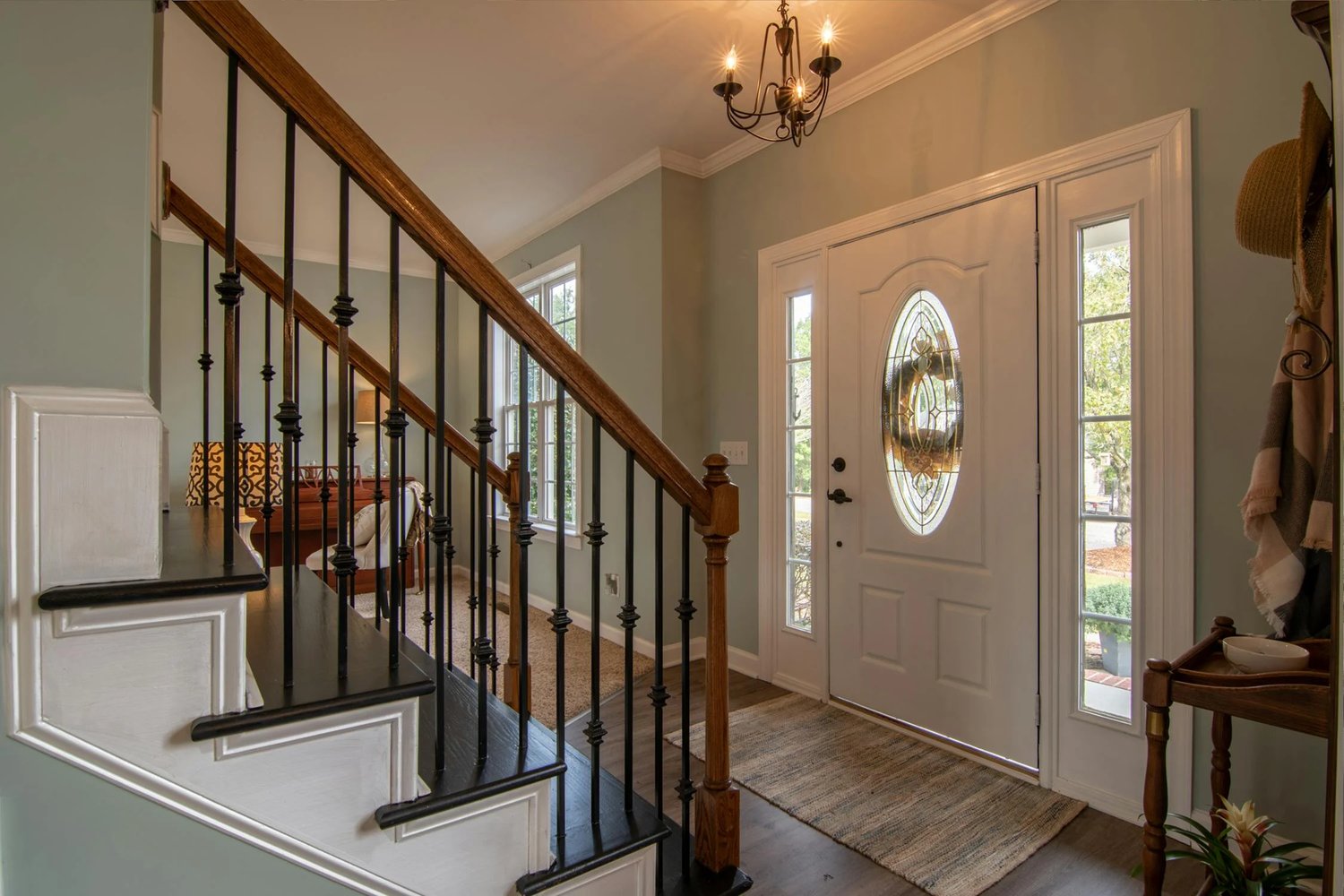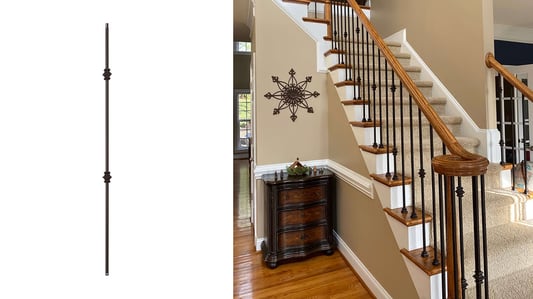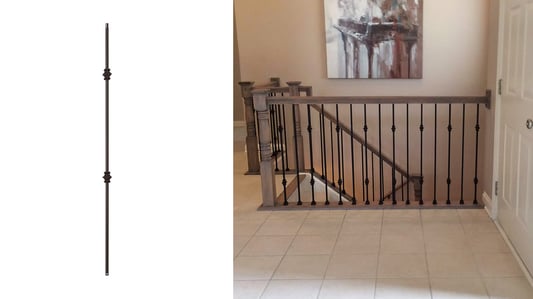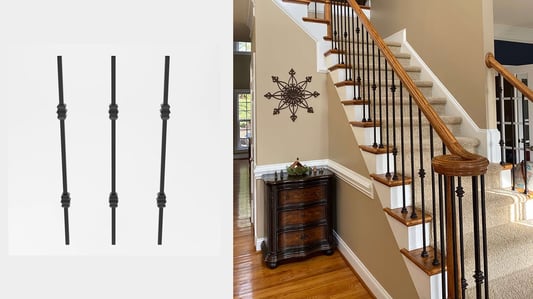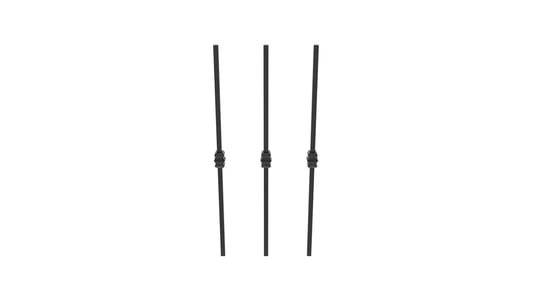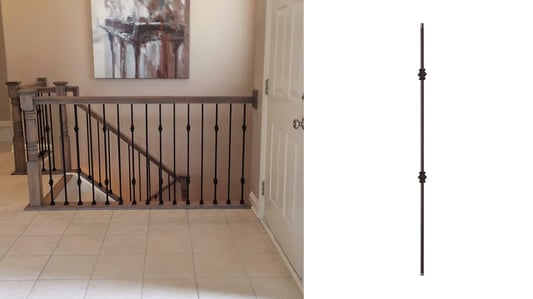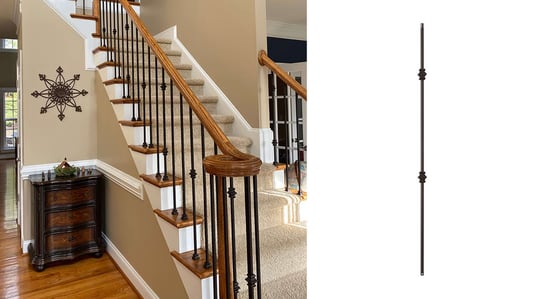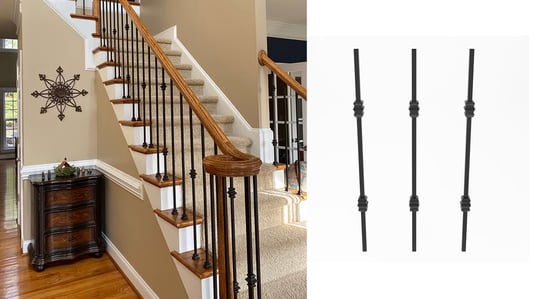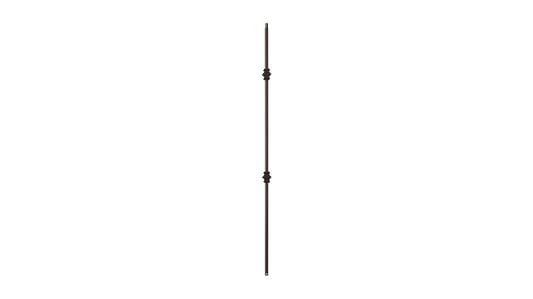The Importance of knuckle shape and dimensions specificationWhen it comes to mechanical components, the shape and dimensions of knuckles play a crucial role in determining the overall performance and durability of the system. Knuckles are an integral part of various machines and equipment, such as automotive components, steering systems, and industrial machinery. In this article, we will delve into the significance of knuckle shape and dimensions specification and how it impacts the functionality of different applications.Understanding Knuckle Shape VariationsKnuckles come in a variety of shapes and configurations, each serving a specific purpose based on the requirements of the application. The shape of a knuckle plays a key role in distributing stress, load-bearing capacity, and maneuverability. Some common knuckle shapes include spherical, ball, and stub knuckles. Manufacturers carefully design and engineer knuckles to ensure optimal performance under different operating conditions.Dimensions Specifications for KnucklesAccurate dimensions are essential for ensuring proper fit and functionality of knuckles in a system. The dimensions of a knuckle, such as length, diameter, and thickness, are determined based on the load requirements, space constraints, and compatibility with other components. Engineers follow specific dimension specifications to maintain structural integrity, prevent fatigue failure, and ensure smooth operation of the equipment.Material Selection for Knuckle ManufacturingThe material used for manufacturing knuckles plays a significant role in determining their overall strength, durability, and resistance to wear and tear. Common materials for knuckles include steel alloys, aluminum alloys, and cast iron. The choice of material depends on factors such as load capacity, operating conditions, and cost considerations. Manufacturers select materials that offer the best balance of properties for the intended application.Factors Influencing Knuckle Shape DesignVarious factors influence the design of knuckle shapes, such as the type of load, stress distribution, and range of motion required. Knuckles used in steering systems, for example, are designed to allow for smooth rotation and precise control of vehicle movement. The shape of a knuckle can also affect the overall aesthetics of the equipment and contribute to the ergonomic design of the system.Testing and Quality Assurance for Knuckle SpecificationsBefore knuckles are integrated into a system, they undergo rigorous testing and quality assurance procedures to ensure they meet the specified shape and dimensions requirements. These tests may include stress analysis, fatigue testing, material composition analysis, and dimensional accuracy checks. Quality control measures are essential for preventing performance issues and ensuring the longevity of the equipment.Custom Knuckle Solutions for Specialized ApplicationsFor specialized applications that require unique knuckle shapes and dimensions, manufacturers offer custom solutions tailored to the specific requirements of the customer. Custom knuckles are designed and fabricated to meet the exact specifications of the application, ensuring optimal performance and compatibility with existing systems. This customization capability allows for greater flexibility and innovation in various industries.Benefits of Standardized Knuckle Shape and DimensionsStandardization of knuckle shapes and dimensions offers several benefits, such as interchangeability, compatibility, and ease of maintenance. Standardized knuckles can be easily replaced or upgraded without the need for extensive modifications or adjustments to the system. This simplifies inventory management, reduces downtime, and improves overall system reliability and efficiency.Future Trends in Knuckle Shape and Dimensions TechnologyAdvancements in manufacturing processes, materials science, and design technologies continue to drive innovation in knuckle shape and dimensions specification. Future trends may include the development of lightweight knuckles with enhanced strength, integration of smart sensors for real-time monitoring, and optimization of shape for improved performance and efficiency. These trends aim to address evolving industry needs and push the boundaries of knuckle design possibilities.ConclusionIn conclusion, knuckle shape and dimensions specification play a vital role in the design, performance, and reliability of mechanical systems. By understanding the importance of accurate shape and dimensions requirements, engineers and manufacturers can ensure optimal functionality, durability, and safety of equipment in various applications. As technology continues to evolve, the future of knuckle design holds exciting possibilities for enhanced performance and efficiency in the ever-changing industrial landscape.Quote Inquirycontact us

